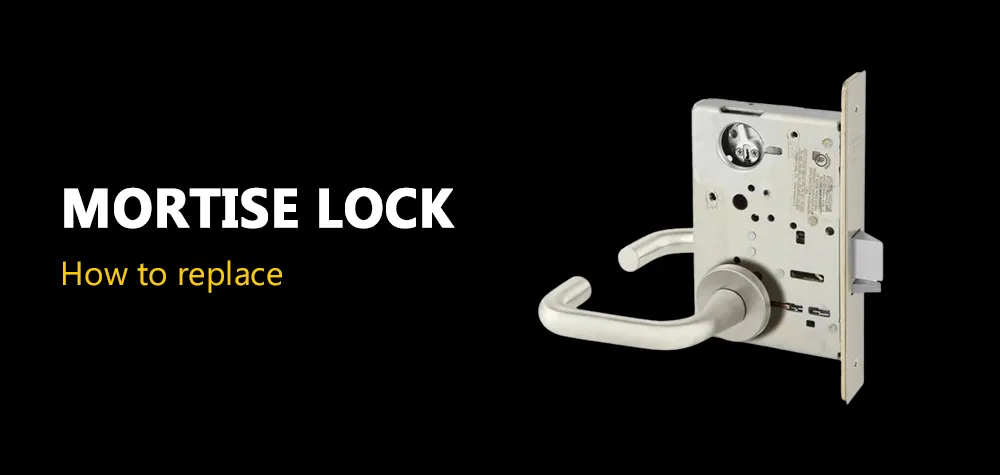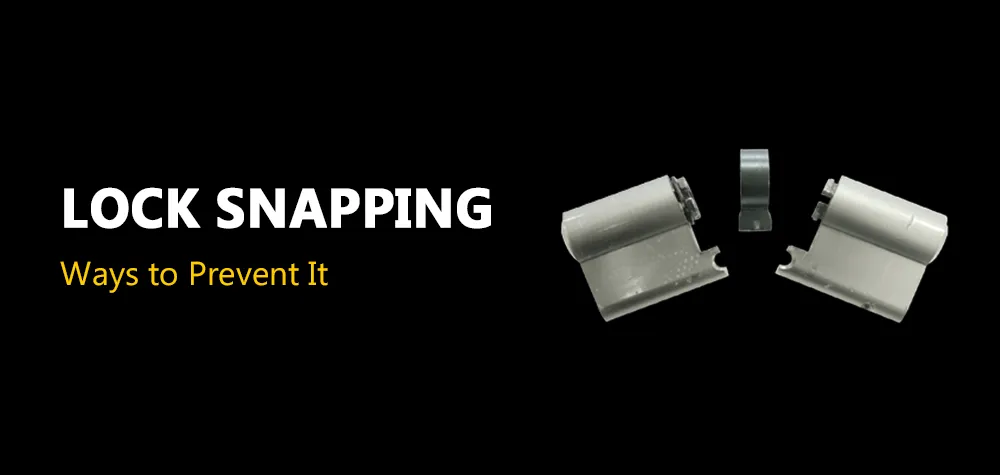How Much Does it Cost Install Deadbolt Locks 2024 Guide
Call Us Any Time!
24/7 Residential, Commercial & Automotive Locksmith Services
Welcome to our guide on the cost of installing deadbolt locks. Understanding the expenses involved in securing your home is crucial. The cost estimation includes factors like the type of deadbolt, labor charges, and additional features. Basic deadbolts can range from $15 to $50, while more advanced options, like smart locks, may cost between $100 and $300. Factors such as hiring a professional locksmith, labor costs, and the complexity of the locking mechanism contribute to the overall expenses. Navigate this guide to gain insights into making a cost-effective and informed decision for enhancing your home security.
Deadbolt Installation Cost by Type
Deadbolt installation costs vary by type. Basic deadbolts range from $15 to $50. Advanced options like smart locks may cost between $100 and $300, depending on features and technology.
| Lock Type | Average Cost |
|---|---|
| Signle | $20-$70 |
| Double | $40-$80 |
| Keyless | $50-$200 |
Single-Cylindrical Deadbolt Cost
The cost of installing a single-cylinder deadbolt typically ranges from $40 to $150. This deadbolt type, commonly used in residential settings, offers security and ease of use. Factors influencing the cost include the brand, material, and additional features. While basic single-cylinder deadbolts may be more affordable, investing in higher-grade options can provide increased security. Consider your budget and security needs to make an informed decision for a reliable and cost-effective deadbolt installation.
Double-Cylindrical Deadbolt Cost
Installing a double-cylinder deadbolt may cost between $40 and $80. This type of deadbolt requires a key for both exterior and interior locking, enhancing security but potentially impacting quick exit during emergencies. Factors influencing the cost include brand, material, and additional features. Evaluate your security requirements and budget considerations to determine the most suitable double-cylinder deadbolt for your residential or commercial property.
Keyless Deadbolt Cost
The cost of installing a keyless deadbolt ranges from $50 to $200. Keyless deadbolts, equipped with electronic keypads or smart technology, offer advanced security and convenient access control. Factors influencing the cost include the brand, features, and technology incorporated. While keyless deadbolts may have a higher upfront cost, their enhanced security features and modern convenience can make them a worthwhile investment for homeowners seeking a technologically advanced and secure locking solution.
What Factors Influence the Cost to Install a Deadbolt Lock?
Several factors influence the cost of installing a deadbolt lock, including the type of deadbolt chosen, labor charges, additional features, and the complexity of the locking mechanism. Evaluating these factors ensures a comprehensive understanding of the overall installation cost.
Deadbolt Type
The cost of installing deadbolts varies by type. Basic single-cylinder deadbolts, commonly used in homes, range from $40 to $150. Double-cylinder deadbolts, offering enhanced security, may cost between $60 and $200. For advanced technology enthusiasts, keyless deadbolts equipped with electronic keypads or smart features can range from $100 to $300. Consider the specific security needs and budget constraints to choose the most suitable deadbolt type for your residential or commercial property.
Door Touch-ups
Door touch-ups involve minor enhancements to improve the aesthetics and functionality of your doors. These may include repainting, fixing scratches or dents, and addressing issues with hinges or handles. Touching up your doors not only enhances the overall appearance of your home but also ensures smooth operation. Regular maintenance and small adjustments can contribute to the longevity and appeal of your doors, making them a worthwhile aspect of home upkeep. Whether for interior or exterior doors, touch-ups are a simple yet effective way to refresh the look and feel of your living spaces.
DIY Vs. Hire a Pro
Choosing between DIY and hiring a professional for door touch-ups involves considering various factors. DIY options, such as repainting or fixing minor scratches, can be cost-effective but may require time and skill. Hiring a professional ensures a polished finish and addresses more complex issues. Locksmith charges for door-related services vary, ranging from $50 to $150 on average. While DIY is suitable for simple touch-ups, intricate tasks or those requiring expertise are best handled by a pro, ensuring a high-quality outcome and saving time and effort in the long run. Consider the scope of the project, your skills, and the desired results when deciding on the approach.
| Installation Type | Average Cost |
|---|---|
| Locksmith | $50-$100 |
| Metal door add-on | $25-$35 |
| DIY | Cost of hardware and tools only |
How Much Does it Cost to Install a Deadbolt Lock Yourself?
The cost to install a deadbolt lock yourself involves the price of the deadbolt, which typically ranges from $15 to $50. DIY installation can save on labor charges, as locksmith fees for this service range from $50 to $150. Smart locks, offering advanced features, may cost between $100 and $300. While self-installation can be more budget-friendly, it requires proper tools and skills. Factor in the type of deadbolt, additional features, and the complexity of installation when deciding. If unsure, consulting a professional locksmith ensures a secure and accurate installation, albeit with additional labor costs. Evaluate your skills, budget, and security needs for an informed decision.
-
Can I install a deadbolt lock myself?
 Button
Button: Yes, many deadbolt locks come with DIY installation kits. However, it's crucial to follow the instructions carefully and possess the necessary tools and skills for a secure installation.
-
What is the cost difference between a basic deadbolt and a smart lock for self-installation?
 Button
ButtonBasic deadbolts for self-installation can range from $15 to $50, while smart locks may cost between $100 and $300, providing advanced features.
-
Are there additional tools required for self-installing a deadbolt lock?
 Button
ButtonYes, common tools include a screwdriver, a drill, and possibly a chisel. Ensure you have the necessary tools before starting the installation.
-
Should I hire a professional locksmith for deadbolt installation even if I plan to do it myself?
 Button
ButtonWhile DIY is an option, hiring a professional locksmith ensures proper installation, minimizing the risk of errors and providing added security. Consider your skill level and the complexity of the task when deciding.



All Rights Reserved | BROTHERSLOCKSMITH.COM
Privacy Policy






